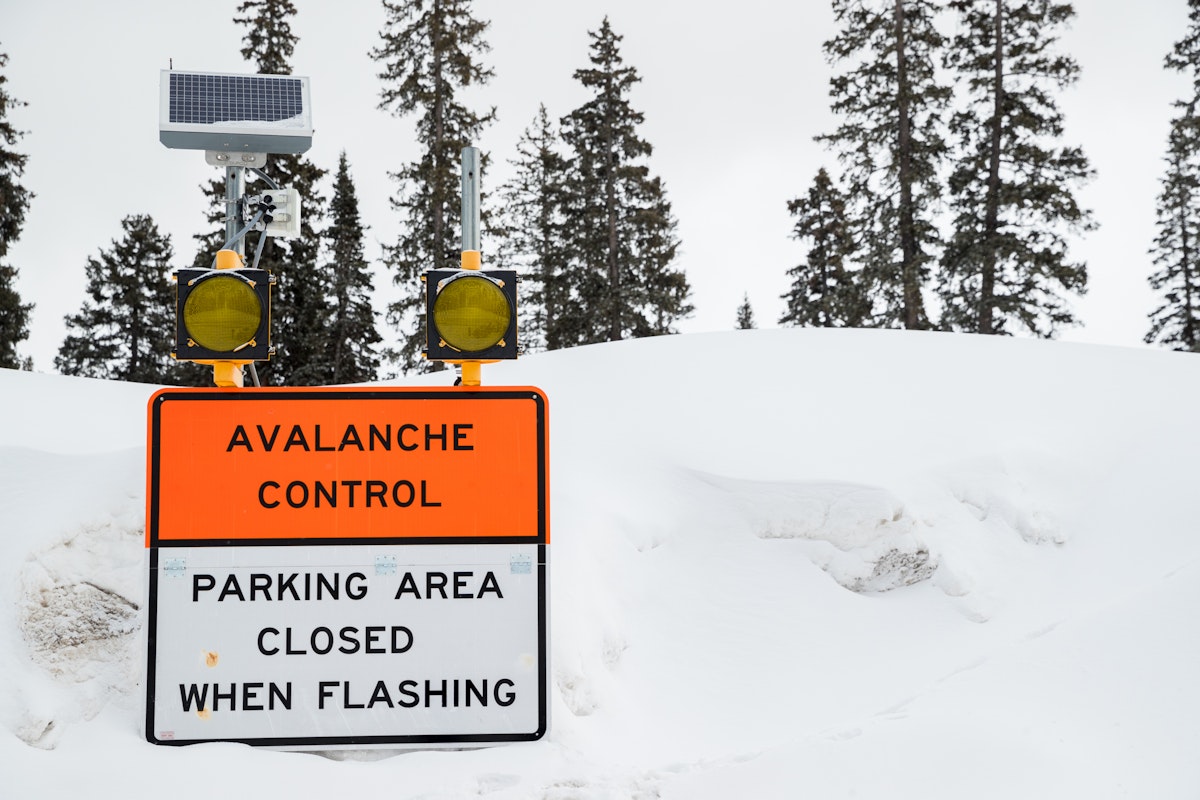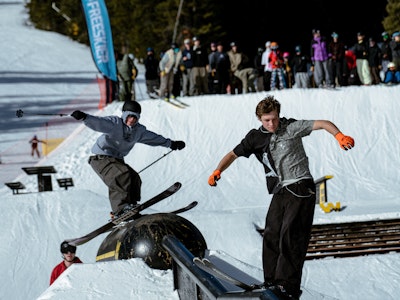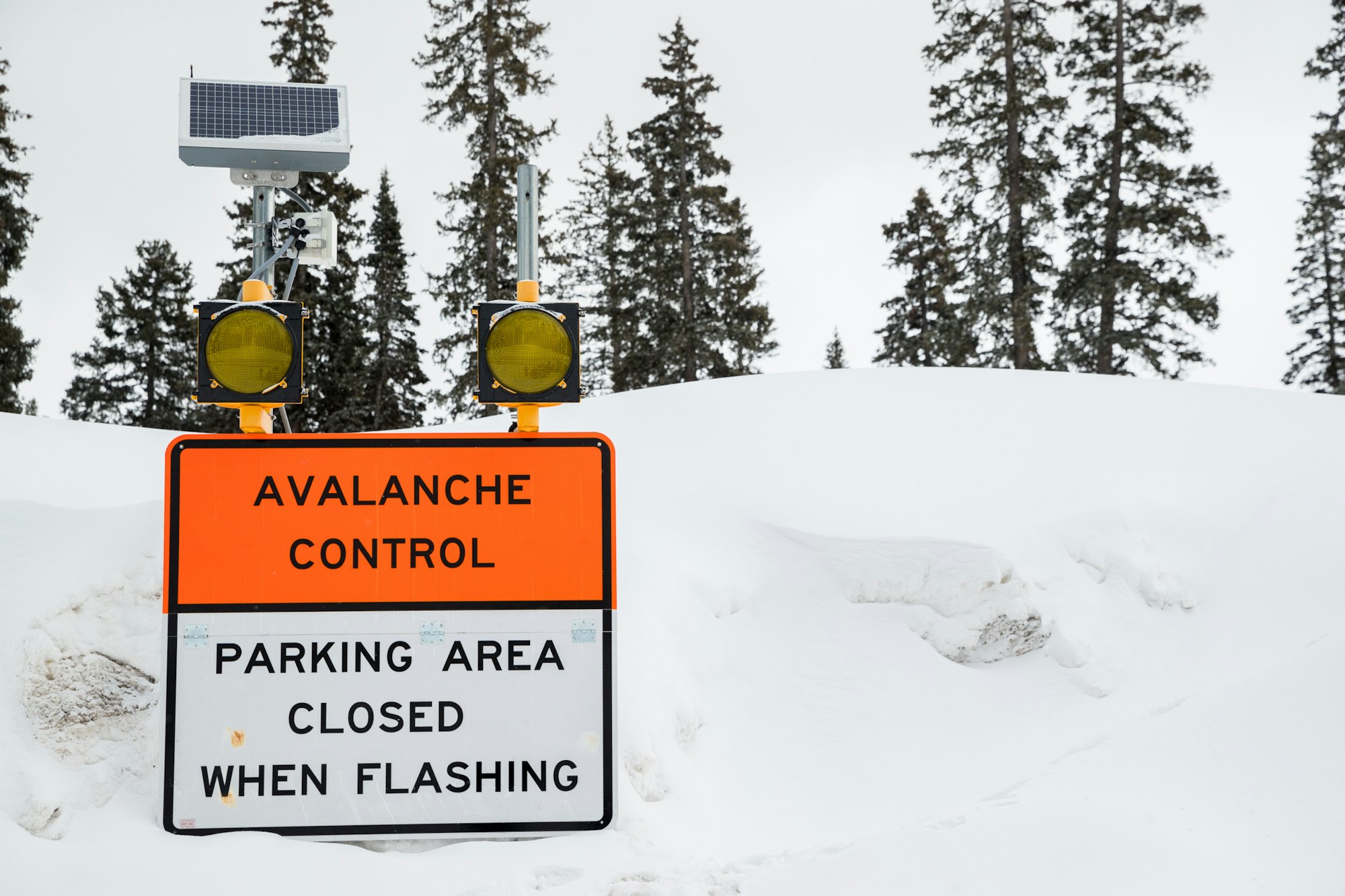If you’re anything like us at FREESKIER, we’re total nerds when it comes to avalanche education and assessing snowpacks. Facets, rain crusts and persistent weak layers pique our interest, and if you recreate in the backcountry, it’s imperative to know what’s going on with the snowpack under your feet. By no means does this article replace proper avalanche education, and we highly recommend consistently refreshing and continuously building your knowledge via accredited avalanche education organizations like the American Institute for Avalanche Research and Education (AIARE), American Avalanche Association (A3) and the American Avalanche Institute. Companion rescue courses are a great class to take every season and SAFE AS clinics are back if the male-dominated courses are too intimidating.
Below you will find a brief assessment of the current snowpacks across the Mountain West, according to each region’s avalanche center. From Washington and Oregon to California, Idaho, Montana, Wyoming, Utah and Colorado, we are here to help disseminate the information provided by the real professionals. Moral of the story in the West right now: be patient and allow this sensitive snowpack time to heal.
Note: This is not an exhaustive list, so please be sure to monitor your local forecasting center for the most accurate reports and check back here mid-season for another avy assessment across the western United States.
California
Sierra Avalanche Center
The Tahoe area mountains are showing sure signs of weak facets near the ground from a mid-November storm. Strong NE winds scoured some wind-exposed areas but the weak facet layer exists in many locations on NW-N-NE aspects above 8,600 feet in elevation.
Colorado
Colorado Avalanche Information Center
Much of Colorado is currently rated considerable in terms of avalanche danger, with only the front range rated as moderate. Early season snowfall followed by a prolonged period of dry and cold conditions has created a faceted weak layer where this latest storms’ snowfall is failing and sliding.
Idaho
Sawtooth Avalanche Center
Much of the same for Idaho as is going on in other surrounding states. An early-season November storm has provided the perfect place for a persistent weak layer to start forming. As of December 5, much of the Sawtooth range is dangerous on many of the middle and upper elevation aspects.
Montana
Gallatin National Forest Avalanche Center
Avalanche activity is picking up in the Gallatin National Forest range following this weekend’s big storm. Human-triggered and natural avalanches were reported all over Cooke City and the West Yellowstone area.
Oregon
Central Oregon Avalanche Center
The Central Cascades are under a moderate avalanche rating today after the weekend’s big storm on top of a weak, faceted layer near the ground. Monday’s rain exacerbated these issues, making wet slides possible and dangerous despite the shallow snowpack.
Utah
Utah Avalanche Center
Avalanche conditions are getting pretty scary in all forecasted regions of Utah being at least at a considerable rating today, with Salt Lake and Provo regions being at high. Now’s the time to stay patient and wait for the snowpack to heal by lapping the ski area lifts.
Washington
Northwest Avalanche Center
The new/old snow interface is proving to be a tricky and sensitive layer in all forecast zones for the Northwest Avalanche Center. Everywhere from Mt. Hood to Stevens Pass and Snoqualmie were under avalanche warnings on Sunday, December 3.
Wyoming
Bridger-Teton Avalanche Center
Surprise surprise, another persistent weak layer in the making in Wyoming. Togwotee Pass currently has a moderate avalanche rating, while the Tetons and Greys River zones both have a considerable rating.




![[GIVEAWAY] Win a Head-to-Toe Ski Setup from IFSA](https://www.datocms-assets.com/163516/1765920344-ifsa.jpg?w=200&h=200&fit=crop)

![[GIVEAWAY] Win a Legendary Ski Trip with Icelantic's Road to the Rocks](https://www.datocms-assets.com/163516/1765233064-r2r26_freeskier_leaderboard1.jpg?auto=format&w=400&h=300&fit=crop&crop=faces,entropy)





![[GIVEAWAY] Win a Head-to-Toe Ski Setup from IFSA](https://www.datocms-assets.com/163516/1765920344-ifsa.jpg?auto=format&w=400&h=300&fit=crop&crop=faces,entropy)

